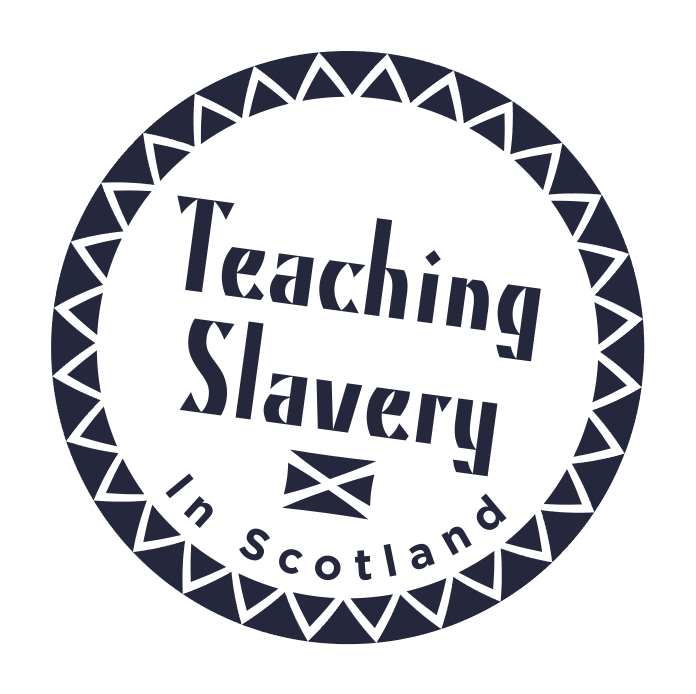The short videos on this page show how historians use relics and records to reconstruct the past. These would be very useful when answering the perennial question from pupils – ‘but what does a historian actually do?’
What can a coconut tell us about slavery? – Dr Christine Whyte.
In this clip, Dr Whyte discusses a letter written by Robert Lightfoot, a surgeon, explaining the importance of the coconut to Africans on the island of Sao Tome. Although written by a European involved in the slave trade, it tells us much about how Africans lived and what Europeans had to learn from them.
How did enslavers react to the abolition of slavery? – Prof Diana Paton
In this clip, Prof. Paton discusses a letter by John McFarlane in St Kitts from 1834. Although slavery ended in that year, a system of apprenticeship was introduced. The letter shows the anxieties that enslavers felt about how enslaved people would react once they understood that their ‘freedom’ would involve a period of enforced unpaid labour. McFarlane’s fears were borne out when apprentices undertook a general strike later in the same year.
The Bible for the Enslaved – Dr Peggy Brunache
In this clip, Dr Brunache discusses an unusual artefact held at the University of Glasgow Archives. This Bible, used to ‘Christianise’ enslaved Africans in the Caribbean, edited out those sections which speak against slavery. The document shows how selectively the teachings of the Bible were understood by those involved in the brutality of the slave trade.
Reckoning with family history of enslaving – Alex Renton
In this clip, journalist Alex Renton discusses his discovery of his family’s involvement in slavery, which he covers in his book, Blood Legacy. He discusses the journey through the archives and how it caused him to think differently about his own history and the racism that exists today.
